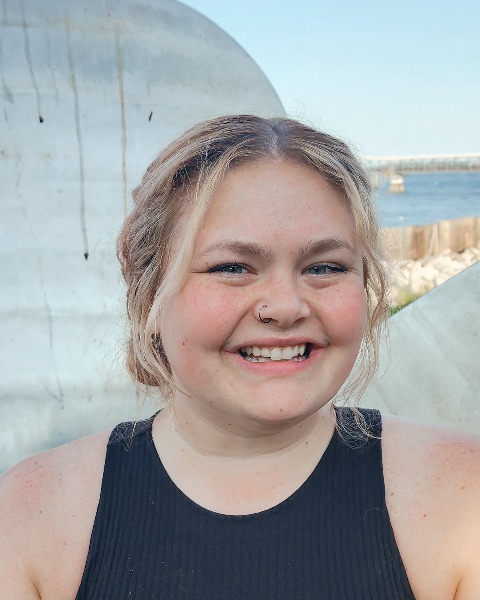Housing Affordability, Availability, and Accessibility
Two of the Largest Artist Complexes
Saturday, April 13, 2024
2:30 PM - 5:00 PM CT
Location: Mobile Workshop Departure Area
CM | 2
Ticket Price: $75

Chloe McGuire Brigl, AICP
Minneapolis, MN
Lead Mobile Workshop Coordinator(s)
See how artists and affordable housing overlap! Visit the Northrup King Building, which is not only the largest artist complex in Minnesota, but one of the largest in the world, and the Northside Artspace Lofts, affordable mixed-use units for artists.
North is one of the most diverse, and often neglected and disinvested, areas of Minneapolis. Artspace designed 100 live/work units for artists at 60% AMI or lower in the Harrison Neighborhood. The Harrison Neighborhood has a rich cultural heritage supporting the arts and creative sectors. The site is located in a brownfield area in need of redevelopment to better serve the neighborhood and the environment. The Glenwood Avenue West Market District, as well as the Metro Transit bus service, make the location well-suited for mixed-use, and the planned LRT extensions will be within a ½ mile of the site, and many bike trails.
By visiting this site, planners will get to hear from residents who live in the property and the impact it has had on their lives. They will also hear from the developer about the challenges and outcomes of building artist housing using numerous partnership and funding sources.
Guests will also visit the Northrup King Building (NKB) which provides tenant space for more than 350 tenants, including artists, small businesses, and non-profits. By providing small incubator spaces in an old industrial building, planners will learn about adaptive reuse and the planned campus expansion.
Artspace looks to create, foster, and preserve affordable and sustainable space for artists and arts organizations. They provide spaces for low-income, typically BIPOC residents, below 60% AMI. This tour will thoughtfully visit one of the most diverse areas of Minneapolis.
North is one of the most diverse, and often neglected and disinvested, areas of Minneapolis. Artspace designed 100 live/work units for artists at 60% AMI or lower in the Harrison Neighborhood. The Harrison Neighborhood has a rich cultural heritage supporting the arts and creative sectors. The site is located in a brownfield area in need of redevelopment to better serve the neighborhood and the environment. The Glenwood Avenue West Market District, as well as the Metro Transit bus service, make the location well-suited for mixed-use, and the planned LRT extensions will be within a ½ mile of the site, and many bike trails.
By visiting this site, planners will get to hear from residents who live in the property and the impact it has had on their lives. They will also hear from the developer about the challenges and outcomes of building artist housing using numerous partnership and funding sources.
Guests will also visit the Northrup King Building (NKB) which provides tenant space for more than 350 tenants, including artists, small businesses, and non-profits. By providing small incubator spaces in an old industrial building, planners will learn about adaptive reuse and the planned campus expansion.
Artspace looks to create, foster, and preserve affordable and sustainable space for artists and arts organizations. They provide spaces for low-income, typically BIPOC residents, below 60% AMI. This tour will thoughtfully visit one of the most diverse areas of Minneapolis.
Learning Objectives:
- Identify financial tools, engagement tools, and design recommendations for successful artist spaces and artist housing related to culturally significant design and adaptive reuse design options.
- Implement a blueprint for bringing back affordable artist housing and affordable housing spaces to their communities including ideas for partnerships, how government planners can support this work, and how to begin artist districts.
- Advocate for affordable artist housing and work spaces, especially in underserved communities and for BIPOC artists.
